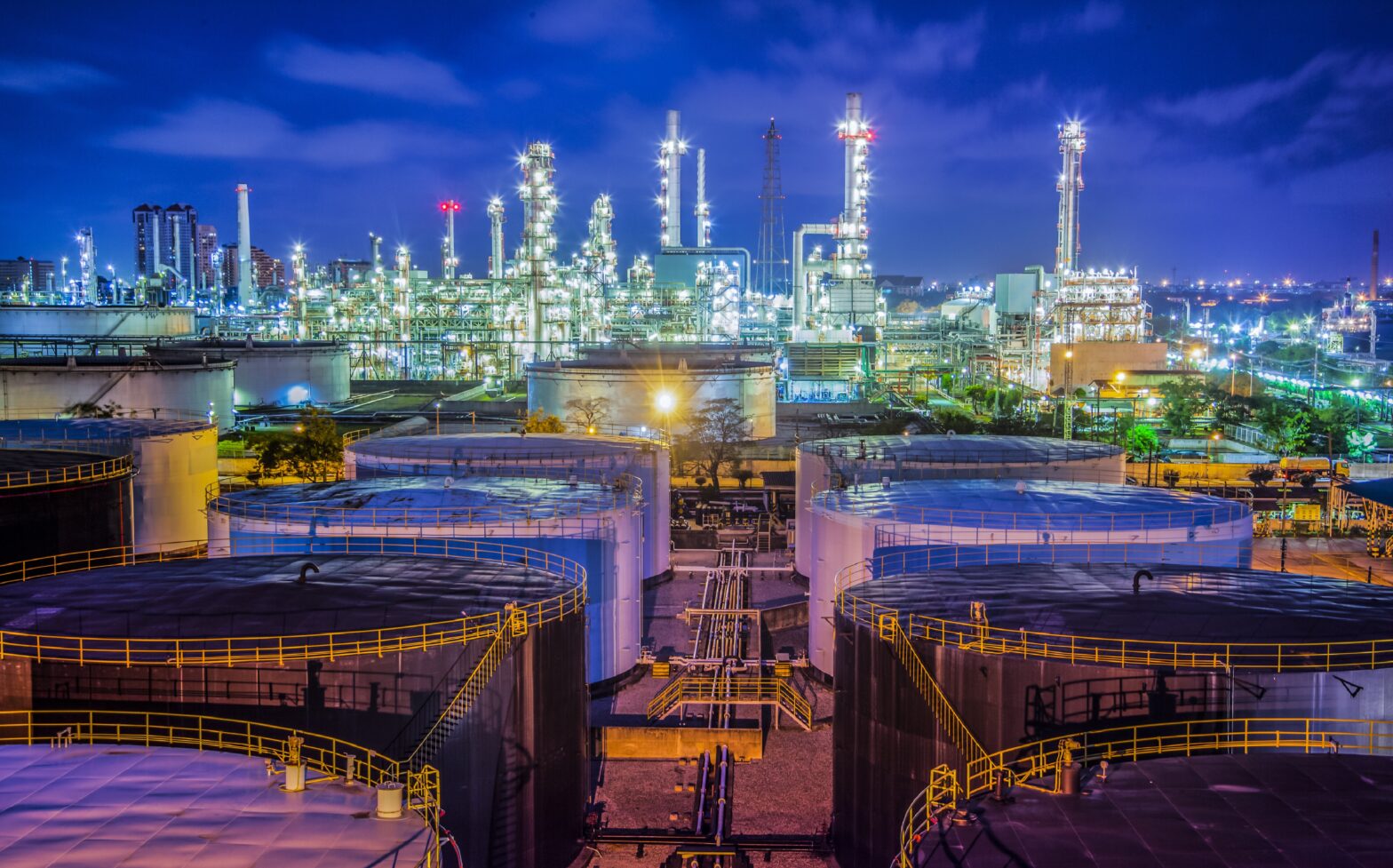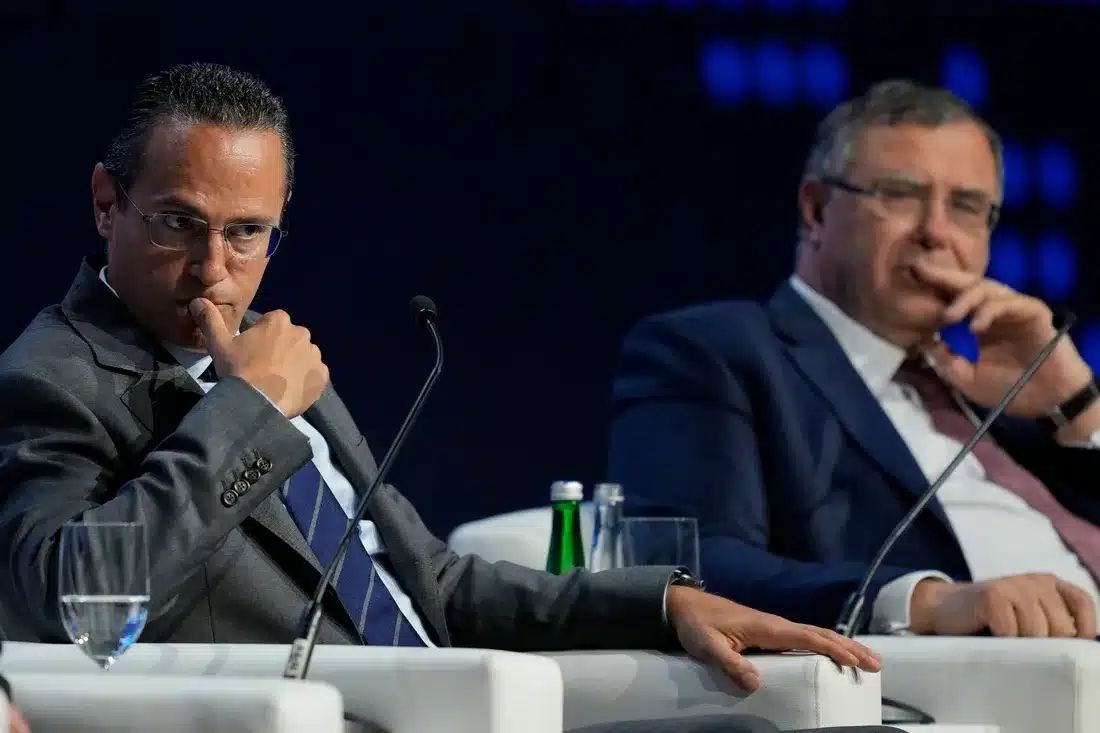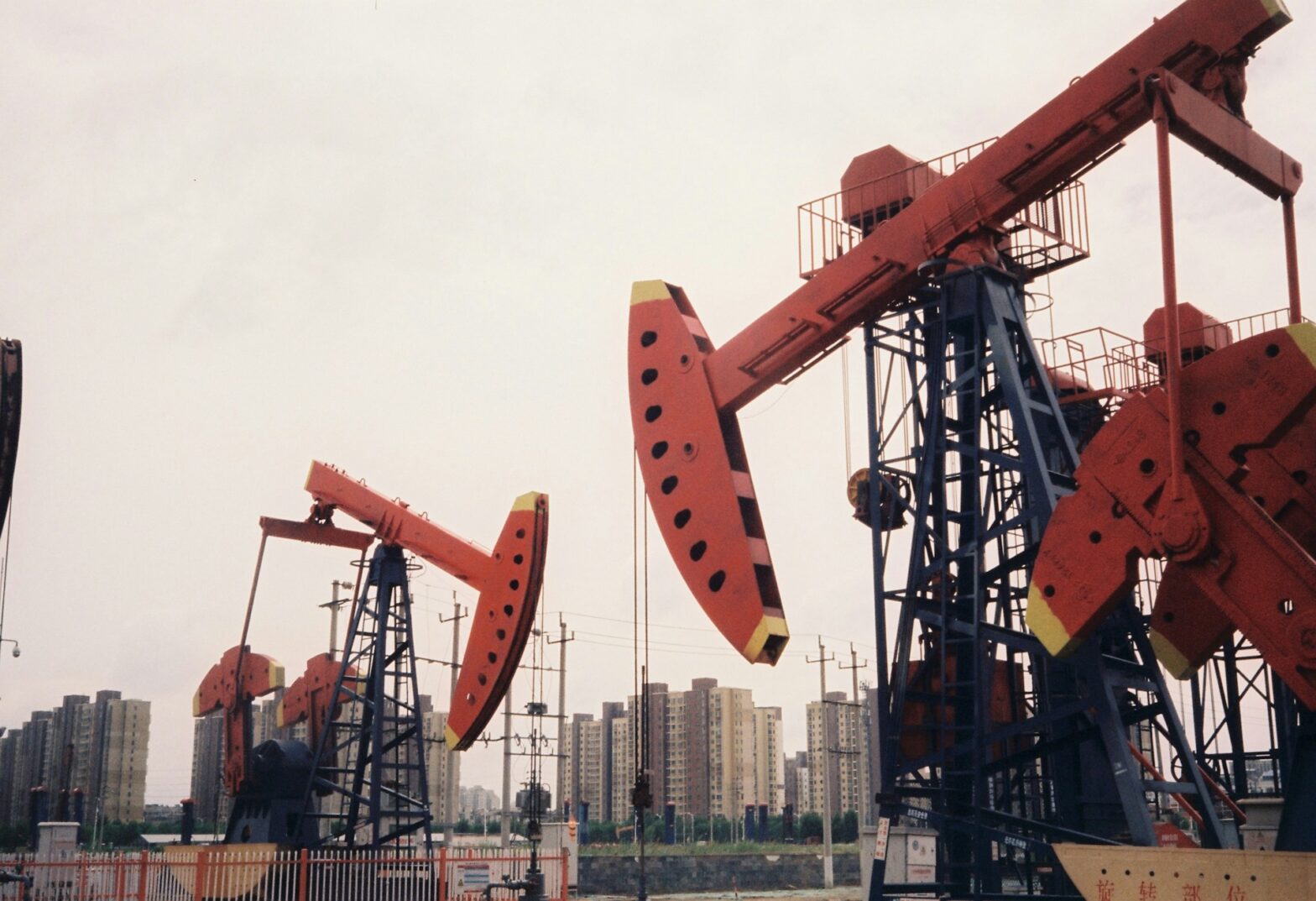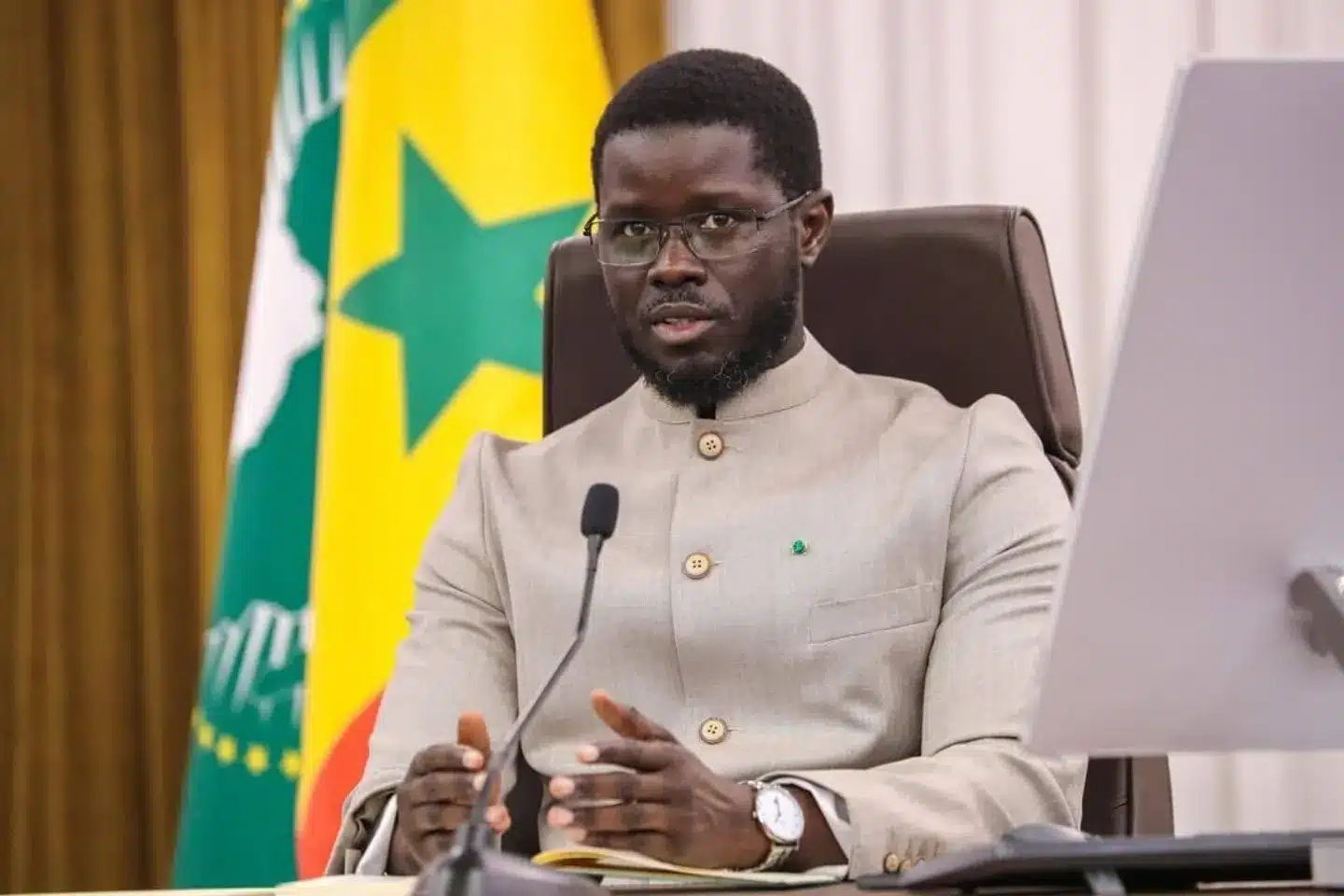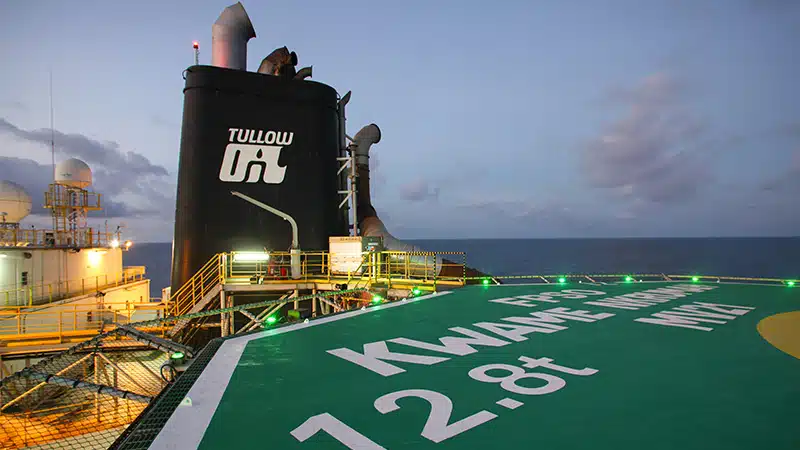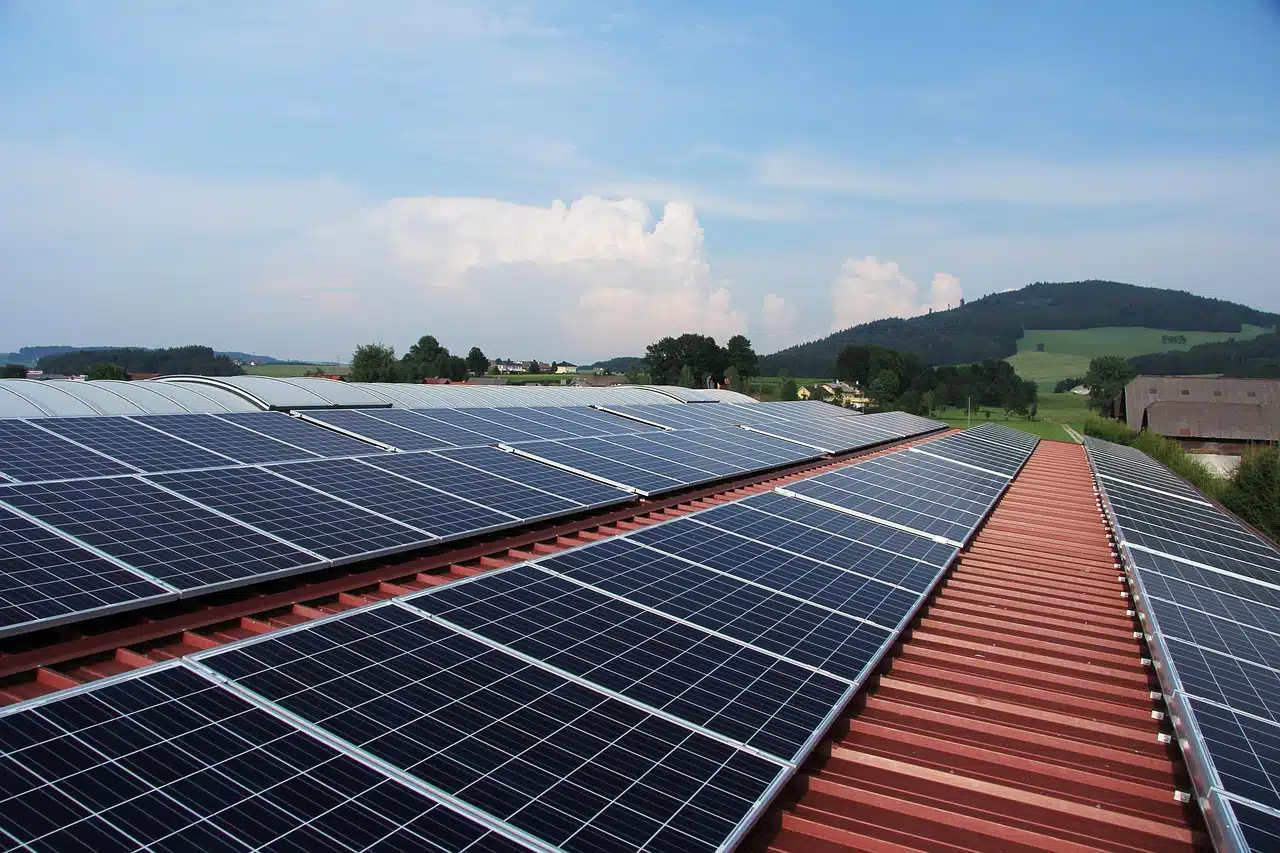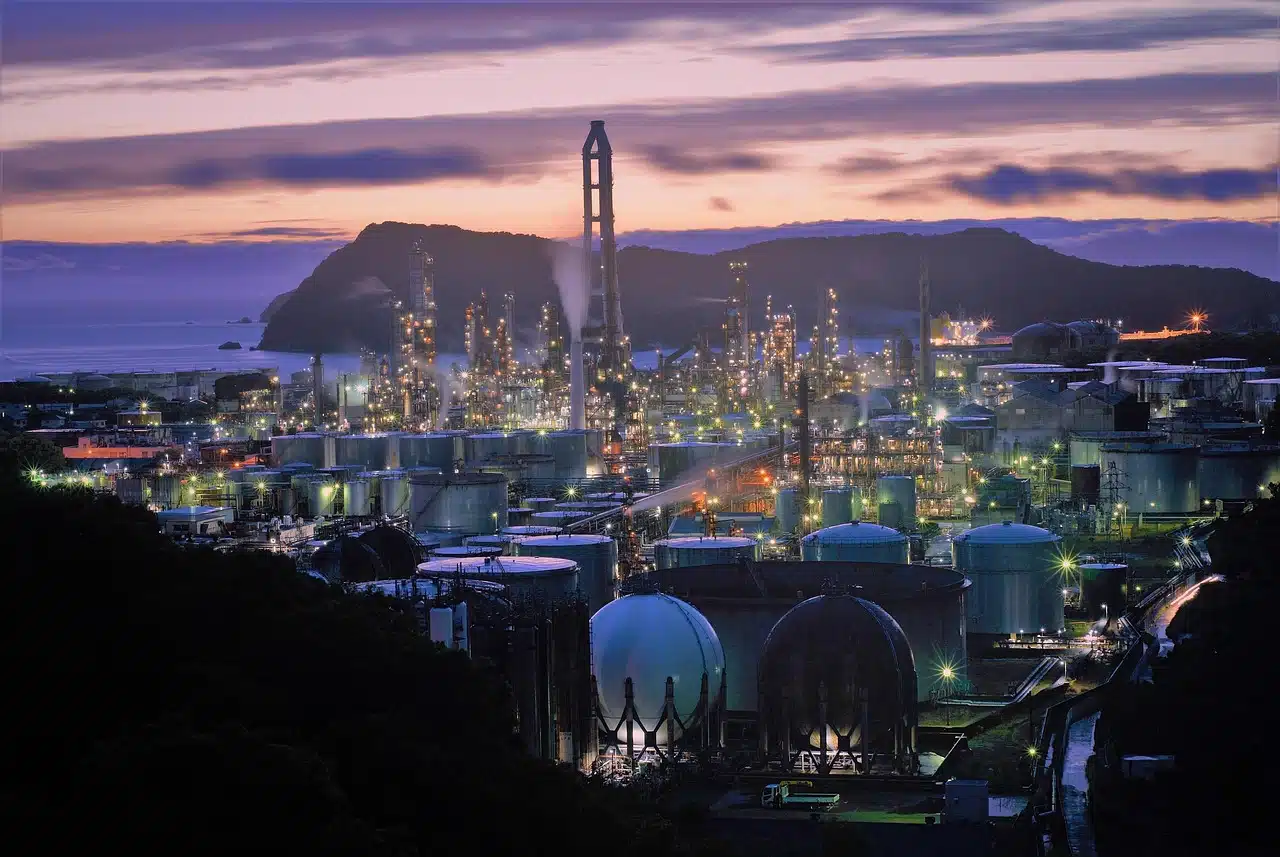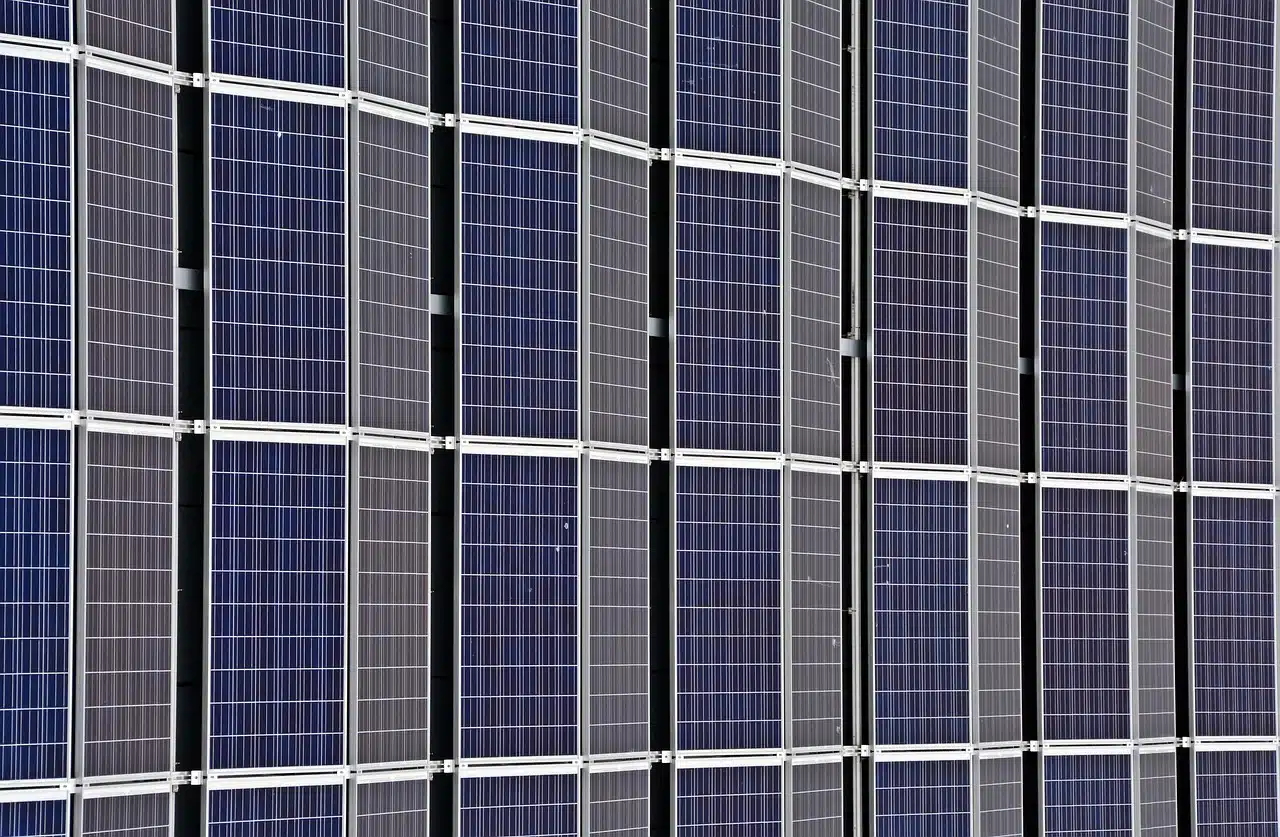As South Africa looks to diversify its energy mix and ease its dependence on coal, it has turned to the United States for a potential long-term liquefied natural gas (LNG) import agreement.
The proposed deal would see South Africa import between 75 and 100 million cubic meters of LNG annually—valued at around $900 million to $1.2 billion in trade each year.
The deal is part of Pretoria’s broader effort to prevent an impending gas shortfall.
While the country holds significant shale gas potential in the Karoo Basin, a moratorium on exploration due to environmental concerns has stalled progress.
For now, South Africa remains heavily dependent on pipeline gas from Mozambique—sourced from the Pande field—which is expected to start depleting by the end of this decade.
This looming supply gap has prompted South Africa to look further afield, including to the U.S.
But could neighbouring Namibia, rich in natural gas, offer a better alternative?
Namibia’s gas potential
Namibia is sitting on substantial gas reserves, with the Kudu gas field alone estimated to hold about 1.3 trillion cubic feet. Other offshore discoveries also show promising natural gas volumes.
In theory, that’s more than enough gas to support South Africa’s growing needs.
But there’s a catch: Namibia’s gas resources remain largely undeveloped.
The Kudu gas-to-power project being developed by BW Energy, which plans to generate 800 MW of electricity, is still awaiting a final investment decision—now pushed to late 2026.
Progress has also been slowed by land disputes around the Luderitz area, which is key for the construction of necessary infrastructure.
If completed, the Kudu project would represent Namibia’s first commercial use of its gas resources.
The plant is expected to supply excess electricity to neighbouring countries like South Africa, potentially giving Eskom a cheaper alternative to long-distance transmission lines from the Democratic Republic of Congo.
Namibia vs. U.S.: Who offers the better LNG deal?
Proximity and logistics
Namibia’s geographic closeness to South Africa gives it a logistical edge over the U.S. LNG market.
Shipping costs would likely be lower, and delivery times shorter.
However, there’s a critical gap: no pipeline currently connects Namibia to South Africa, unlike the established line with Mozambique.
Any gas deal with Namibia would therefore require significant upfront infrastructure investment, including new pipelines.
Project readiness
The U.S. is already the world’s largest LNG exporter and has the facilities in place to meet international demand.
South Africa, for its part, is constructing its first LNG import terminal at the Port of Richards Bay, scheduled to commence operations in 2027—around the same time Mozambique’s pipeline gas begins to decline.
The terminal’s capacity can also be expanded from 2 to 6 million tonnes per year, creating room for supply diversification.
Namibia, by contrast, has yet to bring any gas project to commercial fruition.
Even if the Kudu project moves forward in 2025, it would still take years before it begins supplying significant volumes to the region.
Strategic and political considerations
Engaging Namibia could bolster regional energy integration and support the Southern African Development Community (SADC) agenda.
However, South Africa’s proposed deal with the U.S. is about more than just LNG.
It is also part of a broader effort by President Cyril Ramaphosa to rebuild trade ties with Washington, especially amid rising tensions over South Africa’s foreign policy stance and its trade benefits under the African Growth and Opportunity Act (AGOA).
A matter of timing and readiness
Namibia presents an appealing LNG option in the long run due to its proximity and untapped reserves.
However, infrastructure delays and project uncertainties make it an impractical short-term solution.
With the U.S. already positioned as a reliable LNG supplier and the potential to use the deal to mend broader diplomatic ties, South Africa appears to be opting for a more immediate and politically strategic route.
The move doesn’t rule Namibia out; rather it shows Windhoek as a future partner, not the immediate solution that Pretoria seeks.



